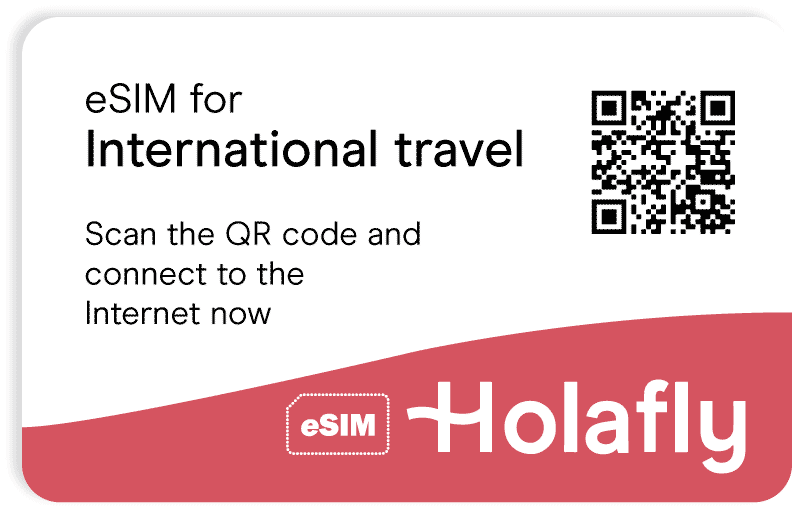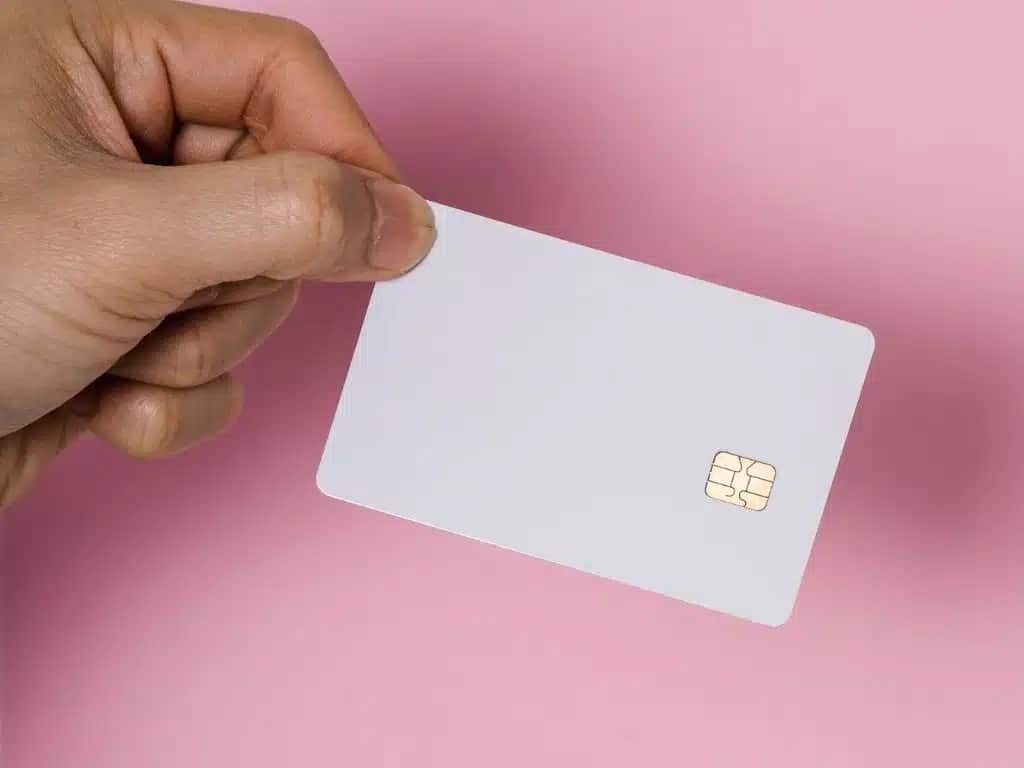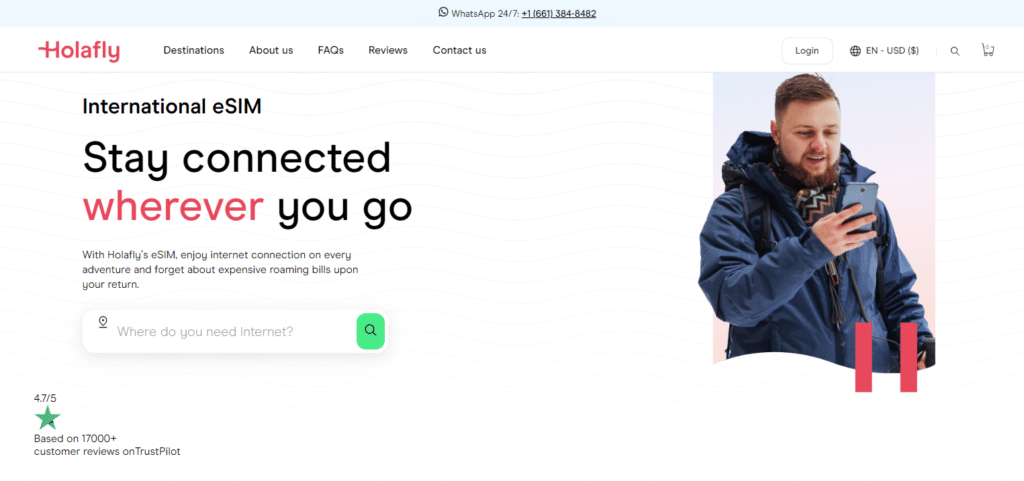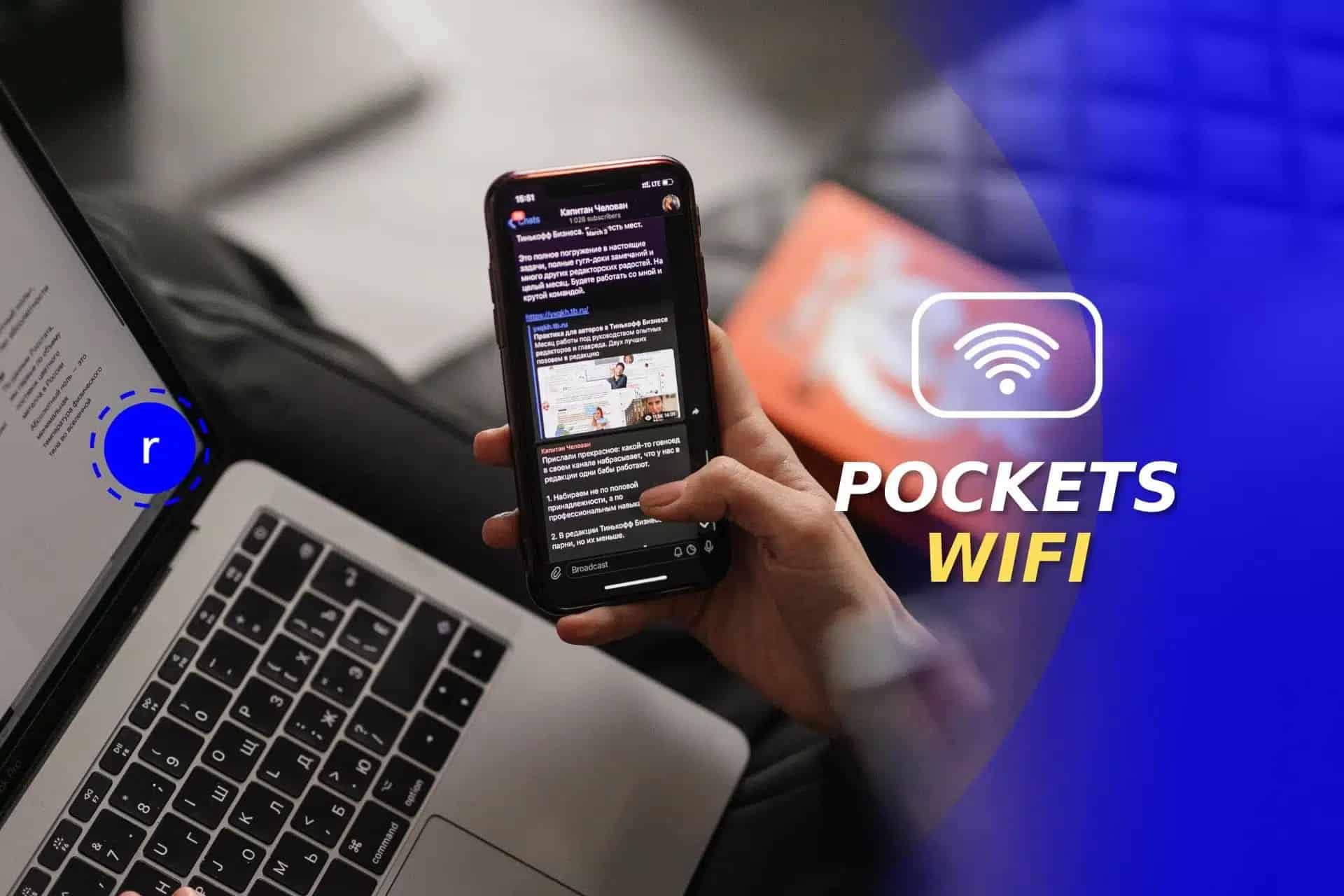In the age of information and connectivity, international traveling has transformed itself to incorporate a new need: 24/7 access to the internet while abroad. Pocket WiFi has emerged as an exciting option for those traveling in large groups, such as families or groups of friends, as it enables internet connection sharing among several devices.
However, while this may seem attractive at first glance, it’s neither the most efficient nor the cheapest option. Additionally, the international eSIM is increasingly taking over as a more cost-effective and convenient alternative. For this reason, in this post, we will deeply explore what Pockets WiFi are, how they work, how much they cost, and the alternatives.

Contents
What is Pocket WiFi?
Before diving into the details, it’s important to know that Pocket WiFi also known as portable routers, are small and lightweight devices that allow users to connect to the internet on multiple devices at the same time. These Pocket WiFi work through a private WiFi network to which only you and your preferred devices can connect.

Its major advantage is the ability to share data with more than one mobile device. However, that advantage is also its main limitation, since the amount of data that can be shared is limited and can be quickly used up if it’s shared among multiple devices. While the solution to this problem is simple and it is to buy an unlimited data plan, these types of plans are pricey.
In addition, Pockets WiFi requires a power source to operate, so they must be charged regularly, and this can be an inconvenience during long trips.
Where can I buy a Pocket WiFi?
The easiest way to buy a Pocket WiFi is to rent it through online stores such as Travelers WiFi or WiFi Travels. They offer a range of rental plans, which can vary in price depending on the type of rental and the amount of data included. Rentals are also available at physical stores in some airports or tourist cities.
Besides the rental option, you can also buy them, but this option is generally quite expensive and requires the user to be responsible for ongoing maintenance of the device. This includes charging the device, data management, and in some cases the purchase of a local SIM card to operate the device.
How much does a Pocket WiFi cost?
The cost of a Pocket WiFi can vary depending on several factors, such as the duration of the rental, the data plan selected, and shipping and return costs, among others. But in general, the total cost of renting or buying a Pocket WiFi is quite high, especially when compared to other options such as eSIM.

For example, renting a Pocket WiFi for a week-long trip can cost between $40 USD and $80, depending on the data plan of your choice. To this, we must add shipping and return costs, which can vary depending on the country of destination, resulting in a final price of almost $100 in most cases. If you decide to buy a Pocket WiFi, the cost can be even higher, since the price of these devices may differ between $100 and $200, depending on the model and features.
What do I need to know before renting or buying a Pocket WiFi?
If you’re considering renting or buying a Pocket WiFi for your next international trip, there are a few things to consider to ensure you’re making the right decision.
- Research your options: Before deciding on a Pocket WiFi, research the different options available. Compare prices, data plans, rental duration, and return policies of several companies to find the option that best suits your needs.
- Check device compatibility: Make sure the Pocket WiFi you’re considering is compatible with the networks in the country you’re traveling to. Some devices may not work in certain countries or regions.
- Think about your data needs: Consider how much data you’ll need during your trip. If you intend to use the internet mainly for emailing and surfing the web, you may not need a large data plan. However, if you plan to stream videos or use data-intensive apps, you may need a larger data plan.
- Consider the group size: If you’re traveling in a group, a Pocket WiFi can be a suitable option as it allows you to share the internet connection among several devices. Keep in mind, however, that the connection speed may slow down if many devices are connected at the same time.
- Plan: Don’t wait until the last minute to rent or buy your Pocket WiFi. Plan to make sure you have everything you need before you leave or if you need Pocket WiFi.
What are the alternatives to Pocket WiFi?
Nowadays, travelers can find a vast array of options beyond Pocket WiFi. Each of these alternatives presents its advantages and disadvantages, and the choice between them will depend greatly on the needs of a traveler. From international roaming to international SIM cards and eSIMs, these alternatives offer varying solutions to meet connectivity needs abroad. Below, you’ll find out about each of them.
Pocket WiFi vs. Alternatives
As previously mentioned, each option has its advantages and disadvantages. Below, we provide a comparative table of the advantages and disadvantages of Pocket WiFi compared to other options such as international roaming and eSIM.
| Features | Pocket WiFi | International roaming | eSIM |
| Sharing data with multiple devices | Yes | No | In some cases |
| Portability | Yes | Yes | Yes |
| Pricey | Yes | Yes | No |
| Data limitation | Yes | Depends on the plan | Depends on the plan |
| Maintenance | Yes | No | No |
| Need for constant charging | Yes | No | No |
| Convenience | Medium | High | High |
| Use of regular telephone number | No | Yes | No |
| Potential hidden charges | No | Yes | No |
| Dependence on the home operator’s network | No | Yes | No |
| Low-cost | No | No | Yes |
| Easy installation | No | Yes | Yes |
| Large coverage | Depends on the model | Depends on the operator | Yes |
| Need for a compatible device | No | No | Yes |
As we can see, each option has its advantages and disadvantages. The eSIM seems to be the most convenient option in terms of cost, ease of use as well as coverage. But if you need to share data with multiple devices, Pocket WiFi may be a better option. On the other hand, if you prefer to use your regular phone number and don’t mind paying a little more, international roaming may be the most convenient option for you.
eSIM card as a better alternative
eSIM cards are one of the best alternatives to Pocket WiFi. They are affordable, easy to install, and offer wide coverage. In addition, they don’t require a physical slot, which makes them more convenient and less prone to maintenance issues. However, not all online stores offer the same advantages and prices, so we recommend doing your due diligence and comparing before making a final decision.

A viable option when it comes to buying eSIM cards is the online provider Holafly. It offers a variety of international eSIMs at quite competitive prices. To buy one of these eSIMs, all you have to do is enter their official website, select your destination, fill in the purchase form, scan the QR code that you receive in the mail instantly after making the purchase and that’s it. You can stay connected, no matter where you are.
International roaming
International roaming is another alternative to Pocket WiFi. Although it’s more convenient than carrying an additional device, it can be quite costly, especially if you use large amounts of data. In addition, connectivity quality depends on the home carrier’s network, which can be a problem in some areas.
However, some cellphone companies offer international roaming plans at affordable prices, so it may be an option to keep in mind for short trips or for those who don’t consumer large amounts of data.
International SIM cards
On the other hand, international SIM cards are an intermediate option that can be helpful if your cellphone is incompatible with eSIMs. Although they can be reasonably priced, it’s important to keep in mind that the purchase and activation process can be both tedious and stressful, especially if you do it at the last minute. In most cases, you need to go to a physical store to buy and activate the SIM.

In addition, some international SIM cards require the user to change their phone number while traveling, which can be inconvenient for those who need to keep their regular phone number.
Verdict: What is the best alternative to Pocket WiFi?
Considering the cost, ease of use, and coverage, eSIM is the best alternative to Pocket WiFi. However, the final decision will depend on the needs and preferences of the traveler. For example, those who travel in large groups and need to share data between multiple devices may find Pocket WiFi to be the most convenient option. On the other hand, those traveling alone or looking for the most affordable and efficient option may prefer the eSIM.

However, if you’re going for a more convenient and affordable option such as the international eSIM, we recommend again that you take a look at the eSIM online store: Holafly. This eSIM provider is one of the best international eSIM providers thanks to the number of advantages it offers.
FAQs about Pocket WiFi and eSIM
Yes, Pocket WiFi is compatible with most countries’ networks. But it’s important to check compatibility before renting or buying one. Some Pocket WiFi may not work in certain countries or regions due to network restrictions or lack of cellular network coverage.
Yes, you need an eSIM-compatible device. Most current smartphones are eSIM compatible, but it’s important to check before purchasing one. If your device doesn’t support eSIM, you can consider other options, such as international SIM cards or Pocket WiFi.
Depending on several factors, such as the provider and the data plan, you may or may not receive a new phone number with your purchase. However, you can still use messaging and calling apps such as WhatsApp with your regular phone number. This can be an advantage for those who want to keep their phone number private or for those who would like to avoid unwanted calls while on the road.
Installing an eSIM is a simple process and can be done in a few steps. First, you have to buy the eSIM from a reliable provider, such as Holafly. Then, you will receive a QR code that you must scan with your device to install the eSIM. Once installed, you can manage your eSIM through your device’s settings.
If you rented the Pocket WiFi, you may have to pay a fee for the loss or damage to the device. If you purchased the Pocket WiFi, you would need to buy a new one. To avoid these problems, it’s important to handle the Pocket WiFi carefully and keep it in a safe place when not in use.

